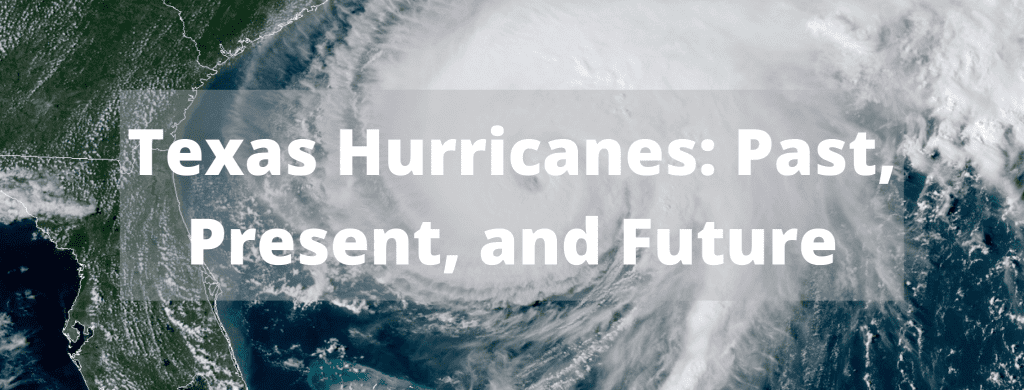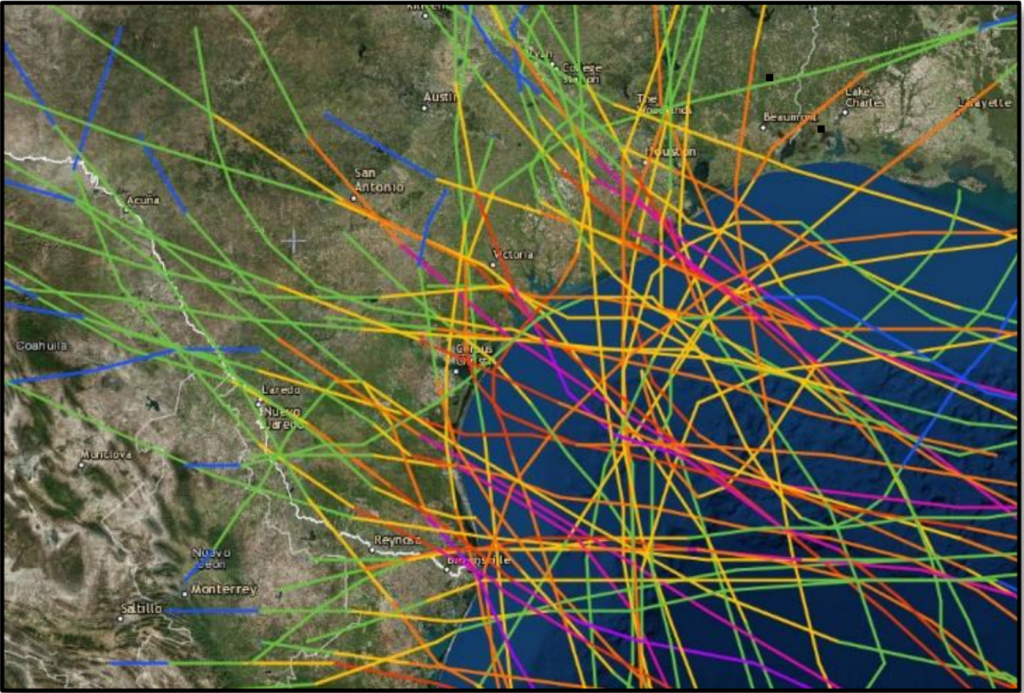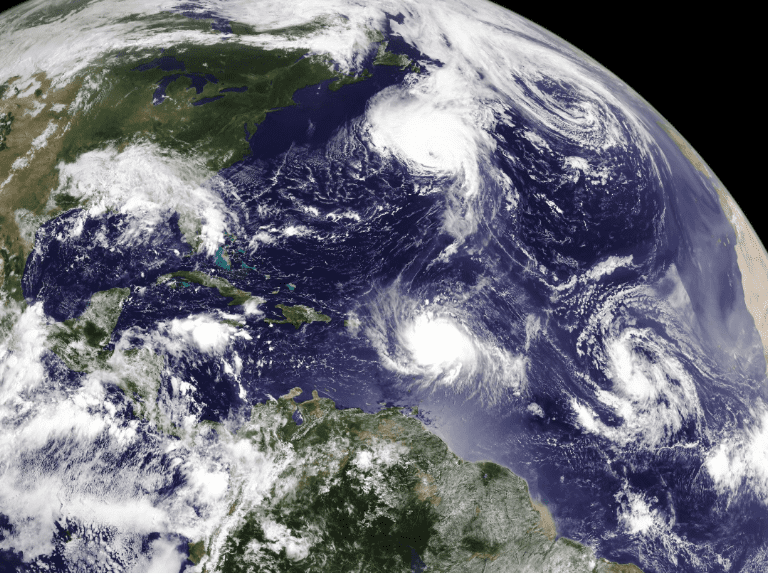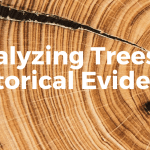
This article is written as part of the IHS Climate in Context series.
Anyone who lives in Texas knows Hurricane Harvey. Harvey, which made landfall in southern Texas on August 25, 2017, was the last major hurricane (Category 3 storm or above) to hit the Lone Star State. The immediate recognition of Hurricane Harvey has a lot to do with its recent date but also because many view the storm as a once in a lifetime event. Major hurricanes, however, are far from an anomaly in Texas’ history.
A natural part of the Earth’s climate system, hurricanes have existed long before humans started to record them. The National Oceanic and Atmospheric Administration states that hurricanes begin as “…low-pressure systems with organized thunderstorm activity that form over tropical or subtropical waters.” As these storm systems gain energy from the warm ocean waters, they continue to strengthen, causing the surface winds to blow in a continuous circular motion, forming a storm that, if boasting a wind speed above 63 knots (~72.5mph), is officially considered a hurricane. According to the Royal Meteorological Society, “… A hurricane is on average 500 miles wide and 10 miles high and moves forward like an enormous spinning top at a typical speed of 17 knots.” As hurricanes make landfall, they bring with them gale force winds, surge flooding, and immense rain, a disastrous combination that can cause extreme flooding, tornadoes, and rip currents. These byproducts of hurricanes can lead to the decimation of coastal communities and can potentially reach far inland.
The first record of a major storm sweeping through Texas’ coastline, comes from 1527. The storm sunk the ship of Spanish conquistador Panfilo de Narváezboat and killed over 200 of his men off the coast of Galveston Island. While thousands of hurricanes undoubtedly occurred prior to the one that sank Panfilo de Narváezboat’s ship, this was the first Texas storm to make it onto the written page. Such storms, which are now believed to have been hurricanes, continued to enter the written record from the sixteenth century through the eighteenth century as these storms continuously sank ships and claimed countless lives. With the onset of the nineteenth century came the first records of hurricanes moving inland. One of the earliest such accounts details how in September 1818, colonists along the Texas coast noticed the signs of an approaching storm. They, however, thought it was nothing more than just that, a storm, which was a normal occurrence, they did not give it much thought. This would prove catastrophic as a severe hurricane ravaged Galvez’s town (now present-day Galveston, TX) and claimed an estimated 1,000 lives. Another hurricane, which still holds the title of the most deadly hurricane in United States history, struck Galveston again in 1900. It is estimated that roughly 8,000 lives were lost in the city of Galveston, and a staggering 10,000 lives were lost across Galveston Island as a whole.
Charting hurricanes throughout history now suggests that there has been an uptick in major hurricane activity in the North Atlantic since the 1970s, a conclusion greatly aided by the use of satellite technology to track hurricanes starting in the 1970s. This quantifiable increase in hurricane strength suggests that Texas may not necessarily be at risk of more frequent hurricane activity, but rather an increase in the intensity of the hurricanes that make landfall along its coast.
As scientists continue to advance their understanding of both climate change and hurricanes, they are more confident that climate change has, and will continue to have, an effect on the strength, and thus impact, of hurricanes. As ocean temperatures increase, scientists believe that this warmer water will serve to intensify the wind speeds and wetness of hurricanes as they draw their energy from warm ocean water. Hurricane Harvey is an example of such a revolutionary hurricane, dropping over 60 inches of rain in certain places. Rising sea levels will also amplify the negative consequences of hurricanes as they will increase the damaging effects of coastal flooding, as seen in the aftermath of Hurricane Sandy in 2012. Finally, the increase in average global temperatures is expanding the earth’s tropical regions which may be causing a shift in the areas affected by hurricanes poleward. This could put more communities at risk of witnessing landfall of these disastrous hurricanes. More research is necessary, however, to solidify this final prediction, as well as the others. There is no question as to whether climate change will affect hurricanes, but rather to what extent.
The seriousness of hurricanes and the necessity to try to protect coastal, as well as inland, areas from hurricanes’ potentially increasing catastrophic impacts is indisputable. The Lone Star State and its coast have been ravaged by hurricanes since time immemorial. As of September 1, 2020, a total of 64 hurricanes have made landfall on Texas since 1851. When will the next hurricane strike Texas and what will be the extent of the devastation left in its wake? We may not know the answer as to when, but hurricanes are far from a thing of the past for the Lone Star State; if anything they are only becoming an even more dangerous threat due to climate change.

Bibliography
“Galveston Hurricane Of 1900”. 2019. National Park Service. https://www.nps.gov/articles/galveston-hurricane-of-1900.htm.
“Hurricanes”. 2020. National Oceanic And Atmospheric Administration. https://www.noaa.gov/education/resource-collections/weather-atmosphere/hurricanes.
“Hurricanes And Climate Change”. 2020. Center For Climate And Energy Solutions. Accessed December 2. https://www.c2es.org/content/hurricanes-and-climate-change/.
“Hurricanes And Climate Change”. 2008. Union Of Concerned Scientists. https://www.ucsusa.org/resources/hurricanes-and-climate-change.
Roth, David. 2010. Texas Hurricane History. PDF. Camp Springs, MD: National Weather Service. https://www.weather.gov/media/lch/events/txhurricanehistory.pdf.
The Official South Texas Hurricane Guide 2020. 2020. PDF. Corpus Christi: National Weather Service. https://www.weather.gov/media/crp/Hurricane_Guide_Final_English.pdf.
“What Is A Hurricane?”. 2019. Royal Meteorological Society. https://www.rmets.org/resource/what-is-a-hurricane.
Photo Credits:
Feature photo, National Oceanic And Atmospheric Administration: Hurricanes
Wikimedia Commons: An infrared satellite image of Hurricane Harvey
Wikimedia Commons: Seeking valuables in the wreckage, Galveston, Texas
Wikimedia Commons: Katia, Irma, Jose 2017-09-08
National Weather Service: The Official South Texas Hurricane Guide 2020
The views and opinions expressed in this article or video are those of the individual author(s) or presenter(s) and do not necessarily reflect the policy or views of the editors at Not Even Past, the UT Department of History, the University of Texas at Austin, or the UT System Board of Regents. Not Even Past is an online public history magazine rather than a peer-reviewed academic journal. While we make efforts to ensure that factual information in articles was obtained from reliable sources, Not Even Past is not responsible for any errors or omissions.






